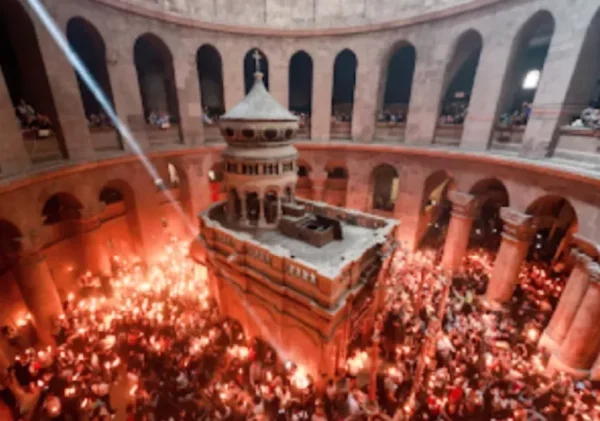Unveiling the Symbolism: The Four Horses in the Book of Revelation
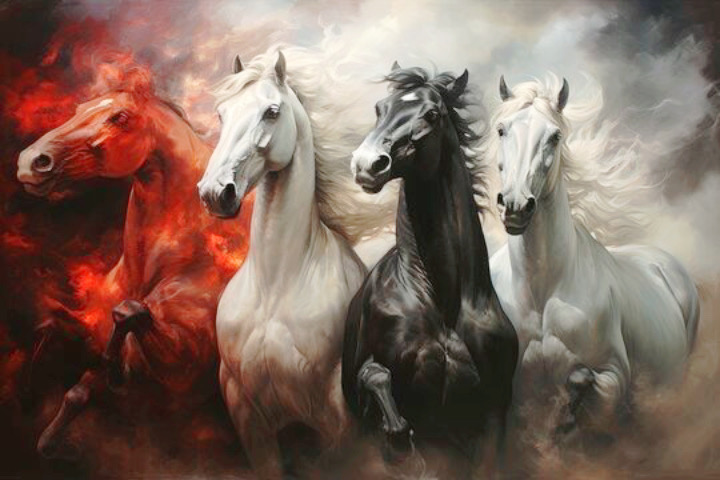
SHARE
In the mysterious and prophetic book of Revelation, often attributed to the Apostle John, lies a vivid imagery of apocalyptic events and spiritual symbolism. Among the most iconic symbols are the Four Horses of the Apocalypse, each representing different facets of divine judgment, conquest, war, famine, and death. These symbolic horses have captivated readers for centuries, sparking interpretations, discussions, and debates among theologians and scholars. Let’s delve into the rich symbolism behind these four horses:
The White Horse
The first horse mentioned in Revelation is the white horse, ridden by a figure commonly interpreted as the embodiment of conquest or a conquering force. This rider is often associated with the rise of false prophets, political upheaval, or the spread of deceptive ideologies. The white horse symbolizes the initial stage of the end times, marked by the arrival of a powerful but deceptive force that seeks to conquer and dominate.
The Red Horse
Following the white horse is the red horse, symbolizing war and bloodshed. Its rider wields a great sword, signifying violence and conflict on a global scale. The imagery of the red horse underscores the chaos and devastation that accompany warfare, portraying a world torn apart by strife and aggression. This horse serves as a stark reminder of the consequences of human greed, aggression, and injustice.
The Black Horse
The third horse is the black horse, representing famine and scarcity. Its rider carries scales, symbolizing economic hardship and inequality. This horse is often interpreted as a manifestation of the consequences of war and conquest, as famine frequently follows in the wake of armed conflict. The imagery of the black horse highlights the suffering and desperation brought about by food shortages and economic instability, emphasizing the importance of justice and compassion in times of crisis.
The Pale Horse
The final horse in the sequence is the pale horse, ridden by Death itself, followed closely by Hades. This horse symbolizes death and pestilence, representing the culmination of divine judgment and the end of life as we know it. The pale horse is a chilling reminder of the fragility of human existence and the inevitability of mortality. Its appearance heralds the final stage of the apocalypse, where death reigns supreme and all earthly powers are ultimately vanquished.
Interpretations and Significance
The imagery of the four horses serves as a powerful reminder of the transient nature of worldly power and the ultimate sovereignty of divine judgment.
In conclusion, the Four Horses of the Apocalypse in the book of Revelation are iconic symbols of divine judgment and apocalyptic prophecy. Each horse represents different aspects of human experience, from conquest and war to famine and death, serving as a stark reminder of the consequences of human folly and the inevitability of divine justice. The imagery of these four horses continues to captivate and inspire readers, inviting contemplation and reflection on the deeper mysteries of faith and eschatology.
*Cover Photo/Thumbnail Photo: Adobe Stock
RELATED ARTICLES
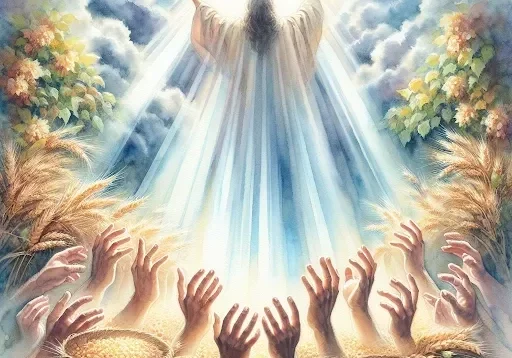
I’m a Christian and I Got No Startup Money!
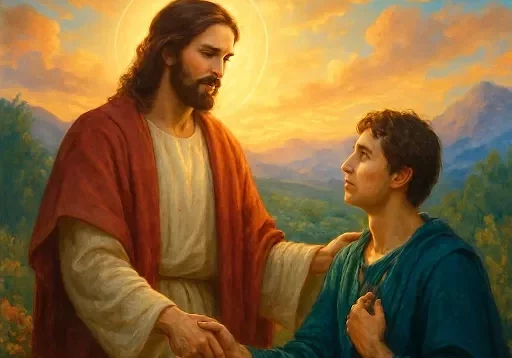
Tempted to Abandon My Calling
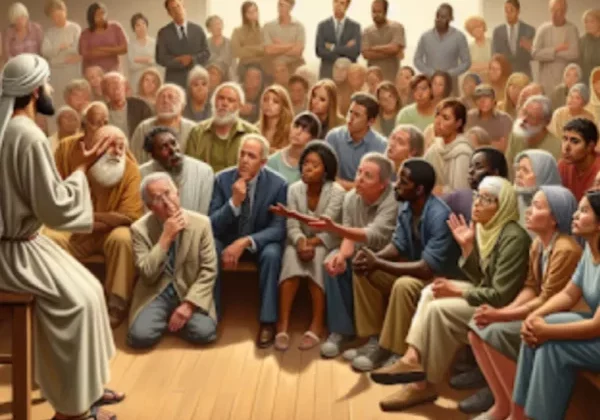
A Christian’s Call to Wise Listening





